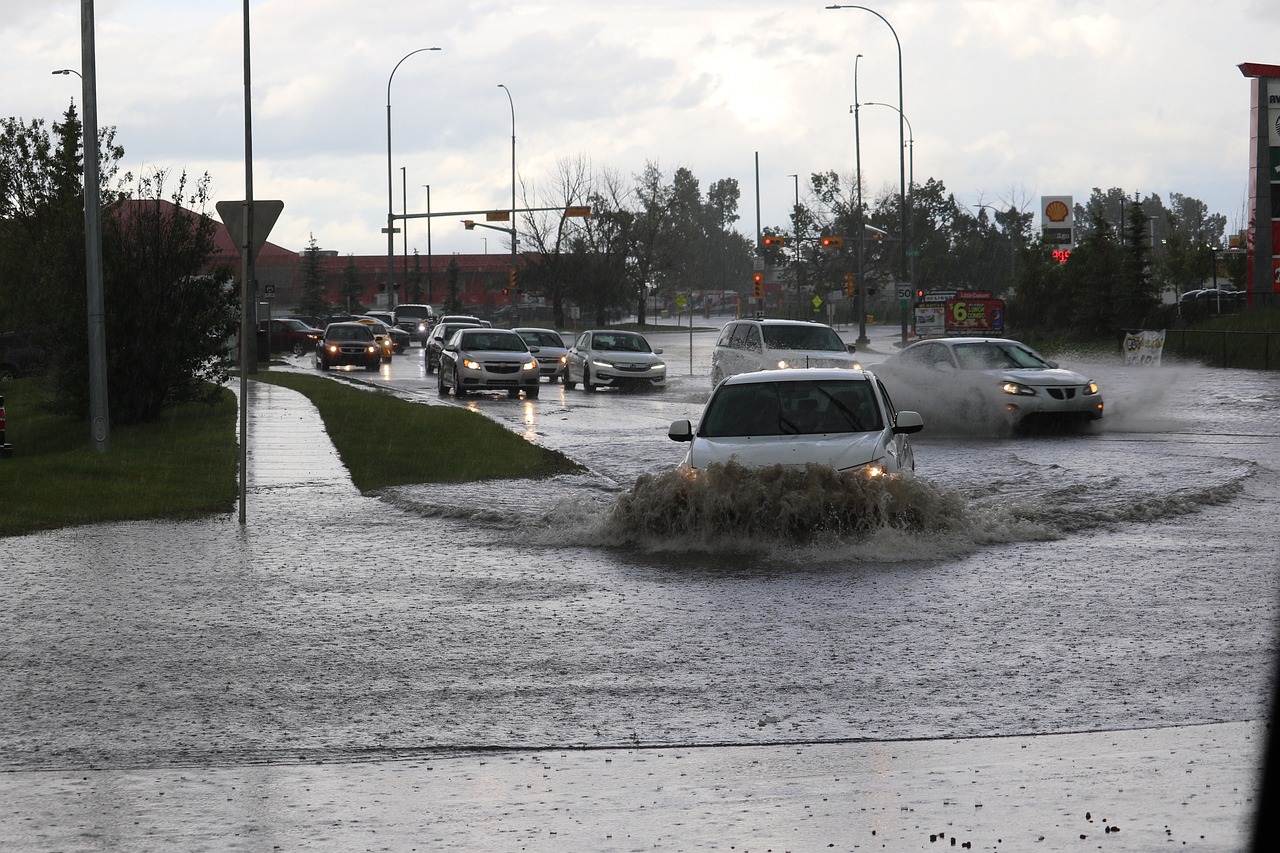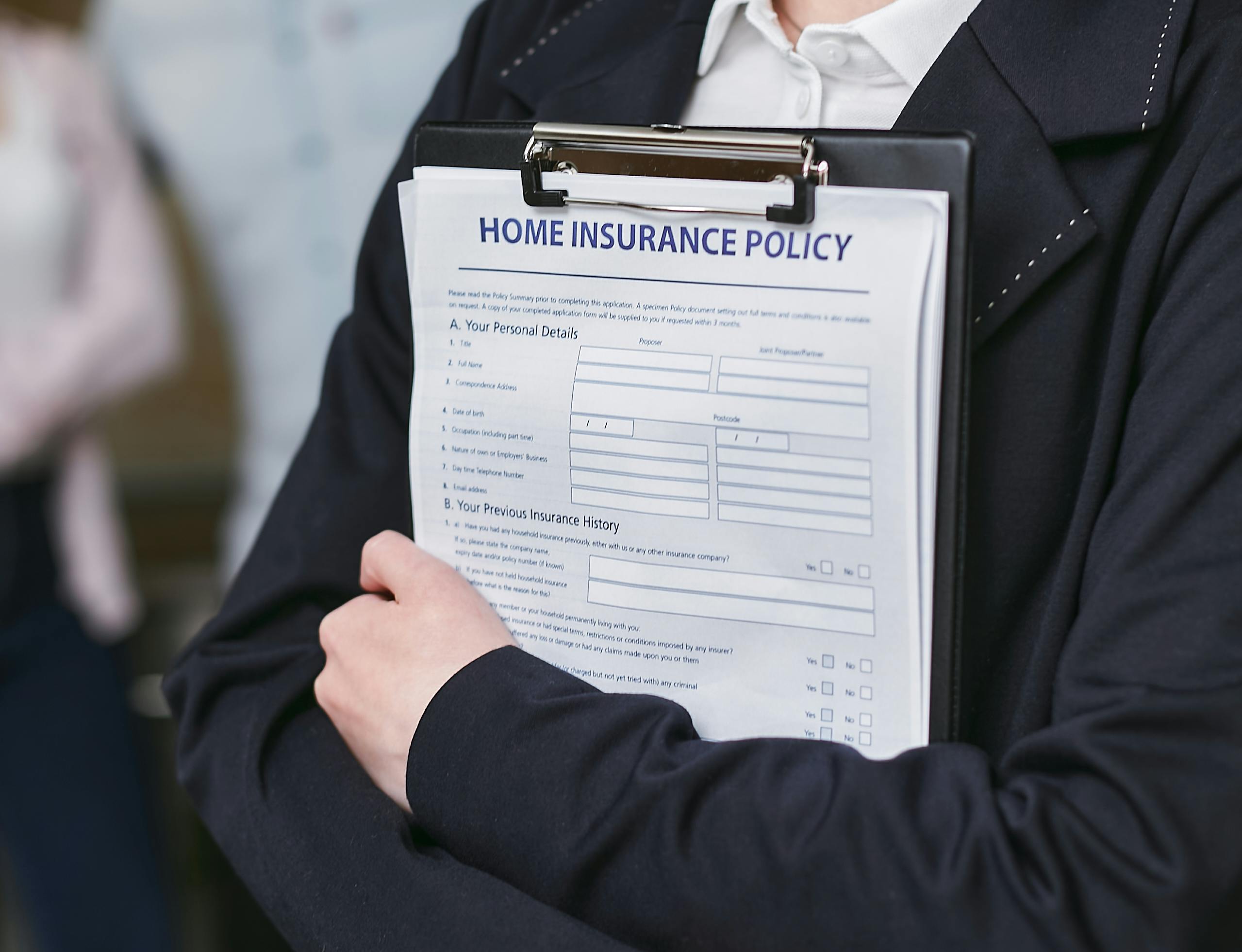Introduction
Mother Nature doesn’t play fair. One moment it’s sunny, the next, you’re building an ark or dodging wildfires. Is your home ready for these unpredictable events? Let’s explore how to disaster-proof your home and ensure your insurance has your back.
Why Preparing for Disasters is Non-Negotiable
- Frequency is Increasing:
- Climate change is making storms stronger and fires more frequent.
- Financial Fallout:
- The average cost of home repairs after a disaster can reach tens of thousands of dollars.
- Without proper insurance, you’re footing the bill solo.
- Peace of Mind:
- Preparation helps you sleep better when the weather gets wild.
Common Disasters and How to Prepare
1. Floods
- Risk Areas: Coastal towns, river basins, and low-lying regions.
- Preparation:
- Install sump pumps and elevate electrical systems.
- Use flood barriers for doors and windows.
- Insurance Tip: Standard homeowners insurance doesn’t cover floods—get a separate policy!
2. Wildfires
- Risk Areas: Dry, forested regions like California.
- Preparation:
- Clear vegetation and create a defensible space around your home.
- Use fire-resistant materials for your roof and siding.
- Insurance Tip: Check if your policy includes wildfire damage.
3. Hurricanes and Tornadoes
- Risk Areas: Coastal states and tornado alleys.
- Preparation:
- Reinforce windows with storm shutters.
- Secure outdoor furniture to prevent it from becoming airborne.
- Insurance Tip: Windstorm coverage is often separate—don’t assume it’s included.
How Insurance Plays a Role
- Dwelling Coverage:
- Repairs to your home’s structure after disasters.
- Personal Property Coverage:
- Replacement of damaged belongings.
- Loss of Use Coverage:
- Pays for temporary housing if your home becomes uninhabitable.
- Specialized Policies:
- Earthquake, flood, and windstorm coverage tailored to specific risks.
Proactive Steps to Minimize Damage
- Conduct a Home Risk Assessment:
- Identify vulnerabilities like old roofing or poor drainage.
- Document Your Belongings:
- Create a digital inventory with photos and receipts for easier claims processing.
- Stay Informed:
- Sign up for local weather alerts and know evacuation routes.
Real-Life Example
In 2022, a Texas homeowner avoided catastrophic flood damage by elevating their HVAC system and waterproofing the basement. Their insurance covered most repairs, but proactive measures saved them thousands in additional costs.
Conclusion
Disasters are inevitable, but being unprepared isn’t. By taking proactive steps and ensuring you have the right insurance, you can protect your home, your finances, and your sanity. Because when Mother Nature throws a tantrum, you’ll be the one saying, “Bring it on.”




Leave a Reply